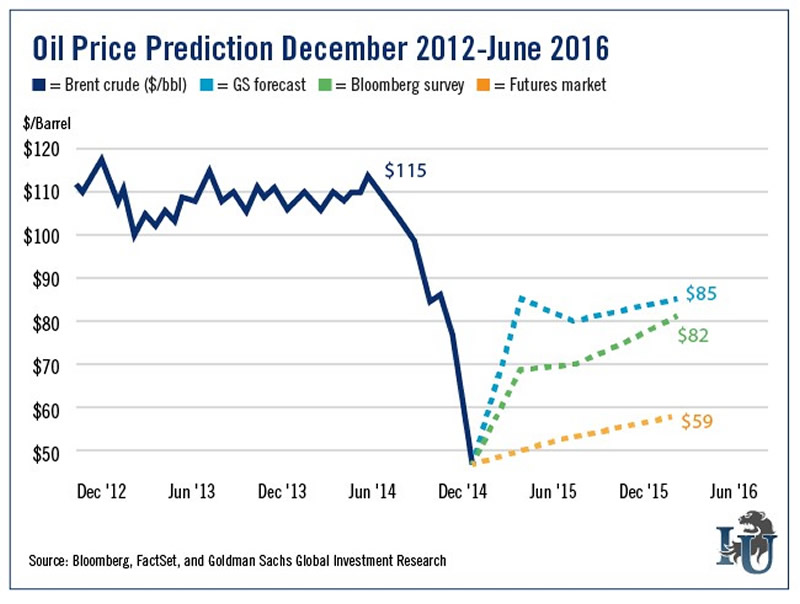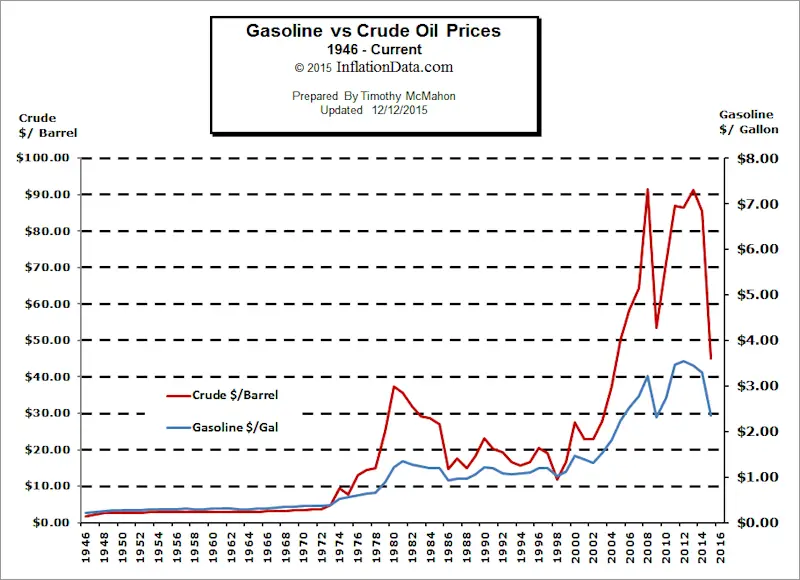There are three basic types of lights in everyday use in homes
across the country.
- Traditional incandescent light bulbs have been around for over a century and are in the process of being phased out due to high energy consumption. They contain tiny coils that produce light when heated. Consequently, most of the energy is consumed by producing heat making them less than friendly to the environment.
- Halogen is a type of incandescent but produces significantly more heat and can become a fire or burn hazard.
- Fluorescent lights contain mercury, a toxic heavy metal that pollutes the environment if not discarded properly.
With today’s technology, these lamps have developed to the point of
illuminating a room as effectively as traditional lamps at a fraction of
the overall cost.
- A typical incandescent bulb has a life of around 1,000 hours while LED bulbs will last over 25,000.
- Consequently, these newer type lamps will pay for themselves many times over during their life cycle. Add the reduced energy consumption and the savings are even more impressive. To produce the same amount of light as a 60 watt incandescent light, these clean technology bulbs use only 11.5 watts.
- As a result, each bulb can save more than $125 over its lifetime.
- Recent improvements in these lights mean they can fit into traditional fixtures for a painless retrofit. They also have an omnidirectional beam spread available and are no longer limited to shining light in a single direction.
Not only is there a financial advantage associated with a retrofit to
improved lighting, it helps homeowners go green. Due to energy
efficiency and being mercury-free, there is less of an impact to the
environment. No longer is it necessary to choose between doing the
right thing and saving money. Switching to LED lighting accomplishes
both.
If you are interested in doing an analysis of a LED retrofit for your house or your business in Montreal, drop me a line and I would gladly assist you in picking the best technology for the best price available.




